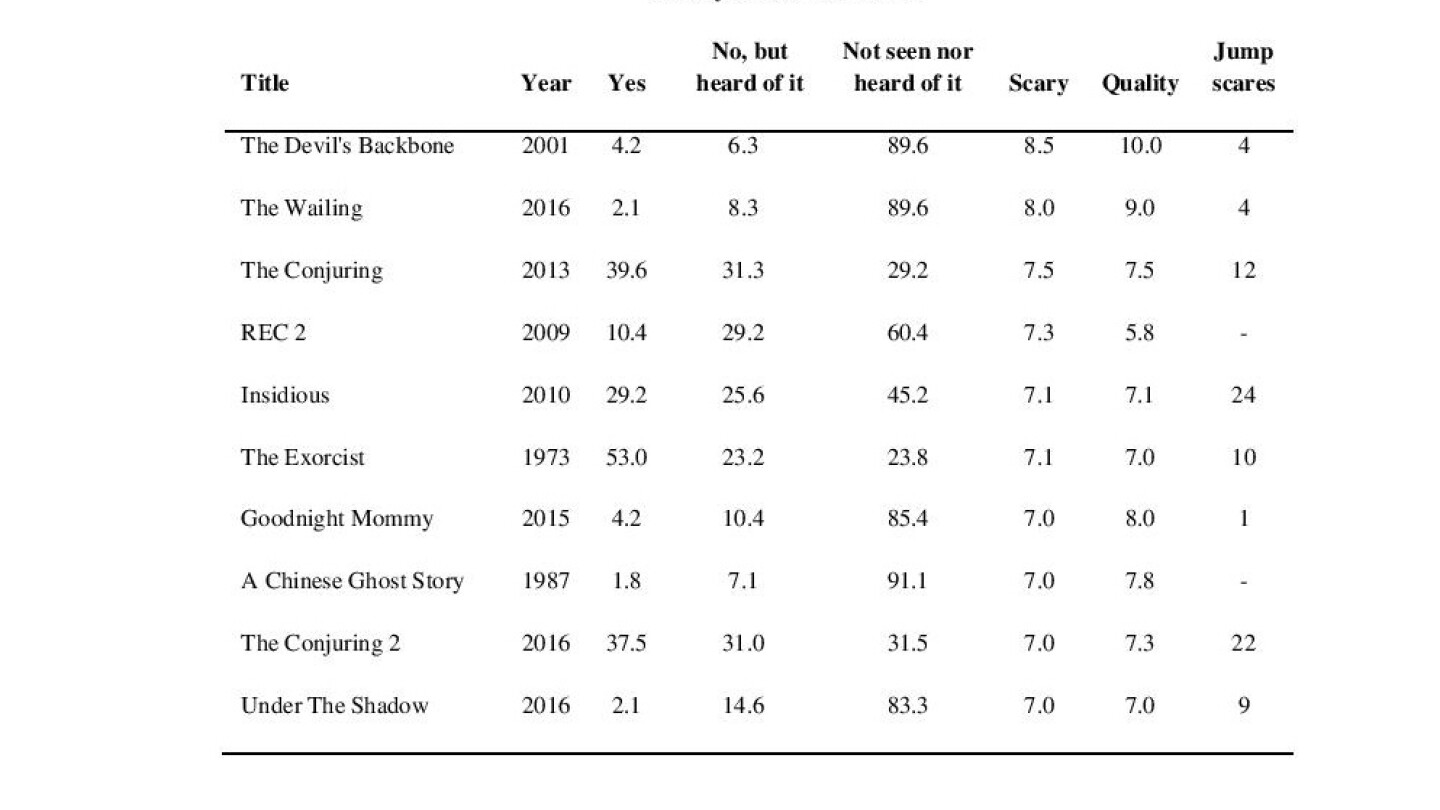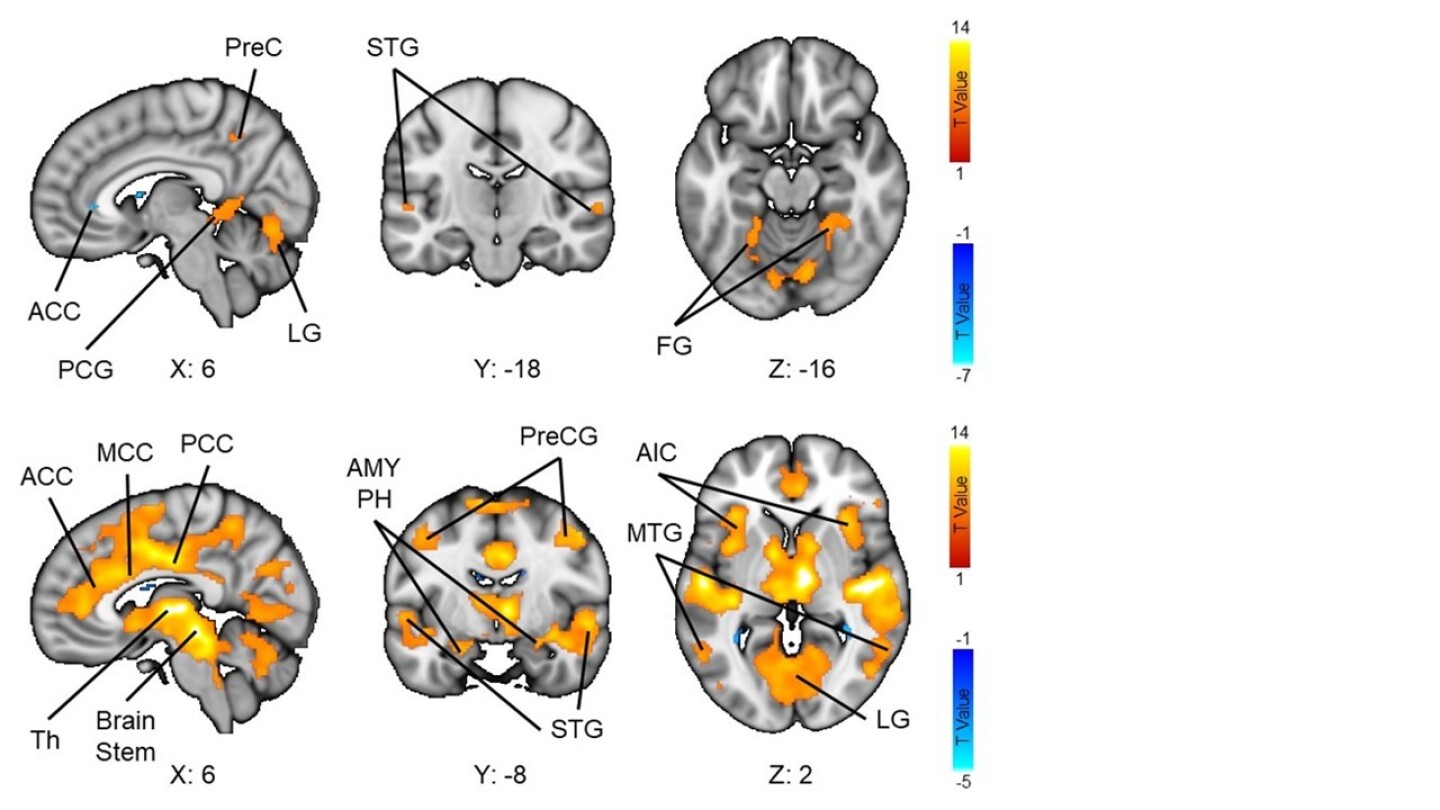

Humans are fascinated by what scares us, be it sky-diving, roller-coasters, or true-crime documentaries – provided these threats are kept at a safe distance. Horror movies are no different.
Whilst all movies have our heroes face some kind of threat to their safety or happiness, horror movies up the ante by having some kind of superhuman or supernatural threat that cannot be reasoned with or fought easily.
The research team at the University of Turku, Finland, studied why we are drawn to such things as entertainment. The researchers first established the 100 best and scariest horror movies of the past century (Table 1), and how they made people feel.
Unseen Threats Are Most Scary
Firstly, 72 percent of people report watching at last one horror movie every 6 months, and the reasons for doing so, besides the feelings of fear and anxiety, was primarily that of excitement. Watching horror movies was also an excuse to socialise, with many people preferring to watch horror movies with others than on their own.
People found horror that was psychological in nature and based on real events the scariest, and were far more scared by things that were unseen or implied rather than what they could actually see.


– This latter distinction reflects two types of fear that people experience. The creeping foreboding dread that occurs when one feels that something isn’t quite right, and the instinctive response we have to the sudden appearance of a monster that make us jump out of our skin, says principal investigator, Professor Lauri Nummenmaa from Turku PET Centre.
MRI Reveals How Brain Reacts to Different Forms of Fear
Researchers wanted to know how the brain copes with fear in response to this complicated and ever changing environment. The group had people watch a horror movie whilst measuring neural activity in a magnetic resonance imaging scanner.
During those times when anxiety is slowly increasing, regions of the brain involved in visual and auditory perception become more active, as the need to attend for cues of threat in the environment become more important. After a sudden shock, brain activity is more evident in regions involved in emotion processing, threat evaluation, and decision making, enabling a rapid response.


However, these regions are in continuous talk-back with sensory regions throughout the movie, as if the sensory regions were preparing response networks as a scary event was becoming increasingly likely.
-Therefore, our brains are continuously anticipating and preparing us for action in response to threat, and horror movies exploit this expertly to enhance our excitement, explains Researcher Matthew Hudson.
The horror movie survey is still active. Participate

